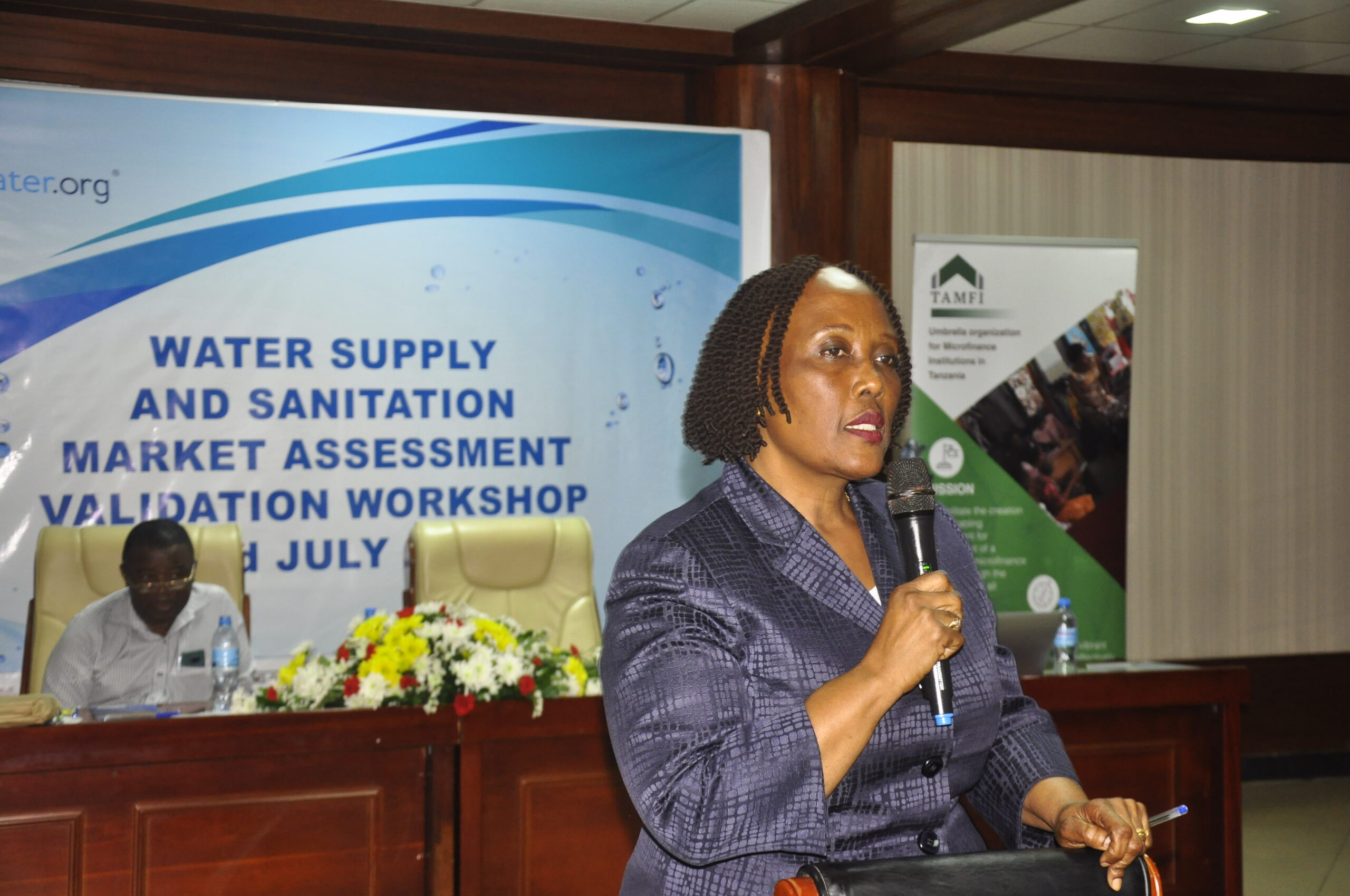Feathers of Change: Revolutionizing Africa’s Poultry Industry
By Anthony Muchoki
Across the vibrant and diverse continent of Africa, poultry farming is more than just an agricultural activity; it’s a lifeline for millions. In every country, from the bustling markets of Nigeria to the rolling hills of Kenya, chickens are a common sight, clucking in backyards and small farms. They provide not just eggs and meat but also a source of income, a means of livelihood, and a symbol of hope for many families.
However, this critical sector largely remains in the realm of subsistence farming. For most African farmers, poultry farming is carried out on a small scale, with limited resources and traditional methods. These farms are often integral to the survival of families and communities, but they operate on the edge of viability. The farmers face numerous challenges, including limited access to markets, lack of capital, and vulnerability to diseases and environmental changes.
Despite these challenges, the poultry farming sector in Africa holds immense potential. This article explores the transformative power of shifting from a subsistence-based model to a market-driven approach in poultry farming. This change, though fraught with its own set of challenges, is not only necessary but also holds the promise of sustainable economic growth and enhanced food security in Africa.
A market-driven approach to poultry farming could unlock this potential, offering pathways to better livelihoods, greater food production, and improved nutrition. It could also be a catalyst for broader economic development, fostering related industries such as feed production, veterinary services, and logistics. But to make this shift successful, it requires a comprehensive understanding of the current state of poultry farming in Africa, the challenges and opportunities it presents, and the concerted effort of various stakeholders, including governments, NGOs, and the farmers themselves.
This exploration will not only delve into the potential benefits and opportunities of market-driven poultry farming but also address the real-world challenges and practical solutions required to make this transition a reality. By doing so, it aims to paint a picture of a future where poultry farming is not just a means of survival but a driving force for economic and social development across Africa.
The Current State of Poultry Farming in Africa
“small-scale poultry farming is a ubiquitous and vital part of life. It’s more than just an agricultural activity; for many families, it represents a critical source of food and income. Chickens, ducks, and other poultry are commonly raised in backyards and small plots of land, integrated into the fabric of rural living,” says renowned poultry industrialist from Tanzania Elizabeth Swai, CEO at AKM Glitters Company Limited.
However, these subsistence operations are often characterized by low productivity and minimal market reach. Most of these farms operate with limited resources, relying on traditional farming practices passed down through generations. While these methods are well-adapted to local conditions, they often do not utilize modern poultry farming techniques that could dramatically increase production.
One of the most significant limitations of this form of farming is its restricted access to markets. For many small-scale farmers, the primary market for their products is the local community. They lack the means to access larger markets, whether due to transportation challenges, lack of knowledge about market demands, or inadequate infrastructure to store and transport perishable products like eggs and meat.
Moreover, these farmers face challenges in scalability and efficiency. The small size of their operations, coupled with a lack of access to credit and financing, makes it difficult for them to invest in improvements that could increase their productivity. This includes purchasing better-quality feed, investing in disease prevention and control measures, or adopting more efficient farming techniques.
Despite its role in sustaining rural economies and providing essential nutrition, the sector’s potential remains largely untapped. The reliance on subsistence farming also means that poultry farming is highly vulnerable to external shocks. These can range from environmental factors like droughts and floods to economic issues such as inflation or market fluctuations. Such vulnerabilities not only affect the livelihoods of the farmers but also the food security of the communities they feed.
The current state of poultry farming in Africa, while rooted in tradition and vital for survival, is at a crossroads. There is a growing recognition of the need to evolve and modernize this sector, to move beyond subsistence farming and tap into its full potential. This involves addressing the multifaceted challenges faced by small-scale farmers and finding ways to boost productivity, efficiency, and market access. In doing so, poultry farming can transform from a mere survival strategy to a thriving, sustainable industry that contributes significantly to the broader economic and nutritional needs of the continent.
Benefits of Market-Driven Poultry Farming
Transitioning to a market-driven poultry industry in Africa offers an array of benefits, each contributing to a more sustainable and prosperous future:
Moving towards market-driven operations can dramatically raise income levels for farmers. This shift is particularly beneficial for women and youth, who often form the backbone of agricultural communities in Africa. By gaining access to larger markets, these farmers can sell their products at better prices, leading to increased income and financial stability. This economic boost is not just limited to the sale of poultry and eggs; it extends to the entire value chain, including feed production, veterinary services, transportation, and more. The ripple effect of this economic empowerment can be profound, leading to improved living standards and stronger communities.
Increased Productivity and Innovation
A market-oriented approach brings with it the incentive to adopt more efficient practices. This includes the use of improved poultry breeds, which are more productive and resilient to diseases, and higher-quality feed, which leads to better growth and egg production. Modern farming techniques, such as better housing and feeding practices, can significantly increase the efficiency of poultry farming. This innovation is not just about producing more; it’s about producing better, with a keen eye on sustainability and environmental impact. Increased productivity also means a more reliable supply of poultry products, which can lead to a more stable market and better prices for farmers.
Food Security and Nutrition
Increasing poultry production plays a crucial role in enhancing food security in Africa. Poultry meat and eggs are important sources of protein, which is essential for proper nutrition. By increasing the availability of these products, market-driven poultry farming can help address nutritional deficiencies that are common in many African communities. Moreover, a more productive poultry sector can provide a buffer against food shortages caused by crop failures or other agricultural challenges.
Infrastructure and Investment
For the transition to a market-driven model to be successful, significant investment in infrastructure is required. This includes the development of reliable transportation networks to move products from farms to markets, as well as cold storage facilities to ensure that these products remain fresh. Access to financing is crucial for small-scale farmers to make the necessary investments in their operations and scale up to meet market demands.
Training and Education
The success of a market-driven approach also hinges on the education of farmers. Training programs focused on modern poultry farming techniques, business management skills, and an understanding of market dynamics are essential. This education empowers farmers to make informed decisions about their operations, leading to more sustainable and profitable farms.
Supportive government policies and regulations are vital for a thriving market-driven poultry industry. These policies should facilitate market access for small-scale farmers and protect them from unfair competition. Regulations regarding health and safety, animal welfare, and environmental impact are also important to ensure that the industry develops sustainably.
Success Stories
In Kenya, the journey began with addressing fundamental challenges such as limited market access, inadequate skills among farmers, and poor infrastructure. The government, alongside various NGOs, launched initiatives focusing on training programs, improved supply chain logistics, and financial support. These measures have substantially uplifted the sector. For instance, farmers now enjoy higher incomes due to better market access and enhanced poultry health, which translates into increased productivity. The ripple effect of these advancements is evident in the broader rural communities, marked by job creation and improved food security.
However, the journey was not without its hurdles. Issues such as disease management and adapting to new technologies presented significant challenges. Despite these, the Kenyan model demonstrates the critical role of government and NGO support in transforming traditional farming practices into a profitable and sustainable industry.
Nigeria’s story mirrors Kenya’s in several ways but is unique in its approach. Initially, the Nigerian poultry sector was hindered by traditional methods that limited production capacity. The transformation began with the introduction of modern farming techniques and high-yield poultry breeds, coupled with significant private sector investment. These changes led to a surge in productivity and farmer incomes, contributing to economic resilience in rural areas.
The Nigerian case particularly highlights the impact of private investment and the adoption of advanced agricultural technologies in revolutionizing a traditional sector. However, Nigeria also faced challenges, such as adapting to market fluctuations and ensuring sustainable practices, which remain areas of ongoing focus.
Comparative Analysis and Lessons Learned
Comparing Kenya and Nigeria’s experiences, several commonalities and differences emerge. Both countries benefitted significantly from government and external support, but the extent of private sector involvement was notably higher in Nigeria. The key lessons for other African nations include the importance of holistic approaches encompassing government support, farmer education, and technology adoption.
Challenges and Future Outlook
Despite the successes, challenges like sustainability, market stability, and disease control persist. Looking forward, both countries are poised for further growth, with potential advancements in technology and strategies for continuous improvement. Sustainable practices and adapting to global market trends will be crucial for ongoing success.
Case Study Snapshots
Individual stories from both countries provide a human face to these transformations. For instance, a Kenyan farmer who transitioned from traditional to modern farming techniques now runs a profitable enterprise, contributing to local employment and food security. Similarly, a Nigerian cooperative that embraced new poultry breeds and market strategies has seen a remarkable turnaround in fortunes.
Kenya and Nigeria’s experiences in transforming their poultry sectors offer profound insights for similar transitions in other African countries. The journey involves embracing new technologies, governmental and NGO support, private sector engagement, and a focus on sustainability. These case studies not only illustrate the potential for economic growth and resilience in rural areas but also provide a roadmap for others to follow.
The journey to revolutionize Africa’s poultry industry by transitioning from subsistence to a market-driven approach represents a significant opportunity for the continent. Realizing this vision of sustainable development requires a unified effort from governments, NGOs, the private sector, and farmers. With the right strategies and support, the poultry industry in Africa can move from being a mere subsistence activity to a dynamic, market-driven sector that contributes significantly to the continent’s economic growth and food security.


